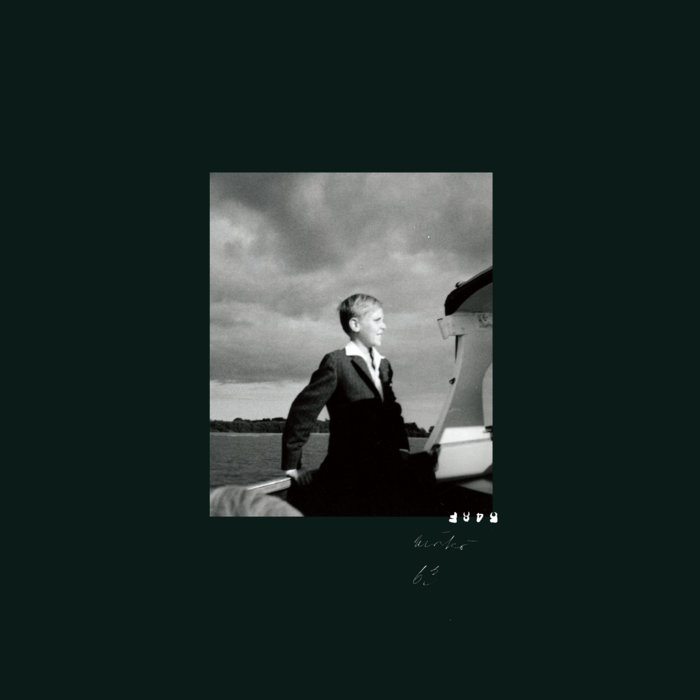Over two sides of an LP, Ensamseglaren takes us along paths of genteel jazz, intriguing experimentation, thunderous doom, and brassy sighs capable of breaking your heart. With her 12-strong ensemble, reassembled after a five-year hiatus in order to help work through the grief of losing her father (the lonely sailor to whom the album title alludes), Anna Högberg has transcended any clichés about getting the old band back together. Their collective expression, their artistry, their simply being with one another, proves itself to be a viable method for processing the chest-hollowing feeling of parental loss.
‘Ensamseglaren / Inte Esam’ begins with gentle tapping, scraping, and a gloopy suction sound. Rain disturbs a window, and a rope appears to bash against a pole. A heaving horn shifts from exultant to bemused in a manner not unlike a gradually arching eyebrow. Falling midway between Stephen O’Malley’s guitar tones in Khanate and Sunn O))), Finn Loxbo’s heavily distorted six-string drone feeds back before slamming down over and over. There’s a sense of fighting against a squall as piercing brass shrieks alongside drums that build, skitter and rattle like a loose sail thrashing against the elements. Like hatches not quite battened down.
A semblance of control is manifested by the trombone of Maria Bertel and Per Åke Holmlander’s tuba, as they imply a course forward in a hail of drubbing rhythms mauling their way through great walls of concrete. It’s as if Laddio Bolocko have been let loose on a catamaran. A calm follows. The chaos flattens down, just like a soothed sea. The sounds become animal. Shakes, rolls, and snorts hint at an altogether different menace. Something mammalian. Maybe reptilian. Possibly even insect. A plethora of flaccid exhalations discombobulate and bewilder before it shifts, again, into a more conventional movement, formed from gentle, rising notes that drift into a melancholy refrain.
Opening with Alex Zethson’s late-night cocktail bar piano motif, ‘Gnistran / Hematopoesi / Emlodi’ slowly falls apart amidst snippets of reversed sounds, glottal clicks, frustrated bass thrums, and haunted saw wobbles. These disparate tones suddenly coalesce with the addition of Anton Jonsson and Dennis Egberth’s purposeful dual drumming. The explorative rhythms providing an anchoring pattern of snare rolls and mushrooming crashes as Högberg’s saxophone ascends these percussive mountains, haloing the peak with surging volleys of lung-popping peals.
If the first half weathers a maritime storm, the return leg is celebratory and heaven-gazing. At least until a violent drum demolition and typhoon-ed guitar brings us back, full circle, to that reconstructed bar-room piano and the sort of soft stick work that sounds like a leaky ceiling after a deluge.
It’s a masterclass in accurately transposing imagery into sound. The liner notes talk of shifting our perspectives on death. Of climbing soaring peaks and watching a solitary ship sail off towards the horizon as, concurrently, someone else witnesses the same ship pull nearer to their shore. Through this work Högberg transforms her grief into something positive. You could know nothing of the accompanying ephemera and still draw the undeniable conclusions that, yes, this section is dealing with a watery tempest, a nautical storm of loss, or, later, that we’re ascending mountainous regions with a twinkle of hope in our eyes. That we can interpret these distinct movements so accurately is testament to her skill and artistry. A formidable bandleader, she has returned to her craft and corralled her collaborators to not just sing from the same hymn sheet but to paint as one deft brush formed from twelve individual hairs.


